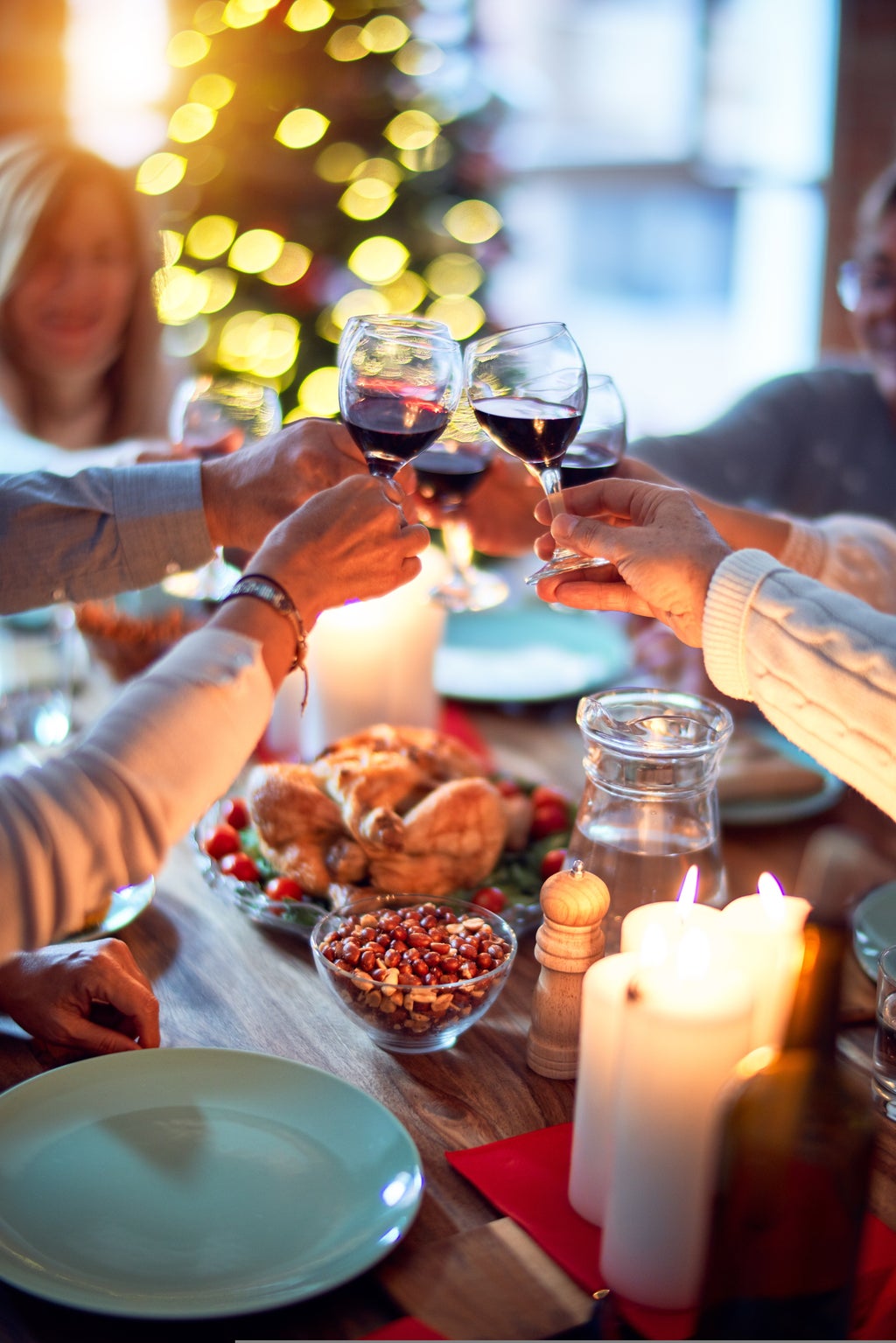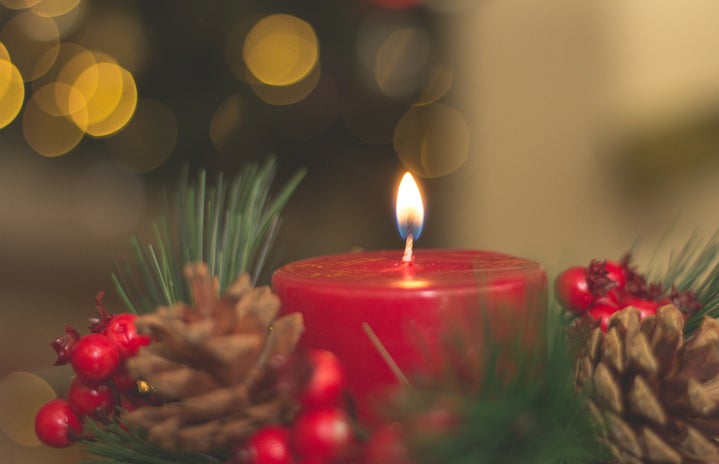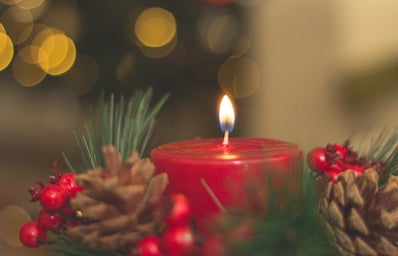It’s the most wonderful time of the year, or so they say. Holiday decorations are up, Hallmark movies are thriving, and presents are being put under trees. It’s safe to say that Christmas is one of the biggest holidays celebrated not just in the U.S. but around the world as well. Of course, there are other holidays celebrated during the month of December like Hanukkah and Kwanzaa, but the emphasis is usually put on Christmas. It wasn’t always as big as it is now though. In fact, Christmas didn’t truly become popular until the 1800s. It was pushed aside in favor of another winter holiday: the winter solstice.
For those of you that don’t know, the winter solstice takes place on December 21st, which is the longest night of the year. Not every culture celebrates it on the same day but the gist of the holiday is the same. It marks the shortest day of the year and celebrates the days becoming longer from there. The solstice was one of the biggest celebrations of the year, and it stayed that way until the 19th century. “What happened then?” you may ask. Well, it all comes down to two authors: Washington Irving and Charles Dickens. They both wrote novels talking about the joy of Christmas, making up traditions for it as they wrote. Their works became so popular that families began buying gifts and making Christmas cards, creating the traditions we see today. It became so popular that many of the winter solstice celebrations were brushed aside in favor of Christmas. That doesn’t mean they’re completely gone though.
By now we all probably know what Christmas celebrations look like–or at least have the general idea behind it–but what about winter solstice celebrations? Well, buckle in because the celebrations look completely different for each culture. Let’s start with the ancient Romans. They call their celebration Saturnalia, which if you are a Roman mythology enthusiast you will appreciate. It takes place from December 17th to the 24th (yes that’s right it is a week-long celebration) and celebrates the god of agriculture and time Saturn. Gifts are given, food is eaten, alcohol is drunk, and everyone is having the time of their lives. In Iran, their celebration stems from mythology as well. They celebrate the sun god Mithra and his triumph over darkness and call the holiday Shabe Yalda. Friends and family come together to fight against darkness by lighting fires. They eat pomegranate, nuts, stews, and soups together as they celebrate.
Moving over to Scandinavia, they do things a bit differently. Their celebration is called St. Lucia’s day, honoring St. Lucia who died after being persecuted for being Christian. It is a festival of lights, with fires being lit to scare spirits away. Girls dress up in white dresses with red sashes and candles on their heads, and a feast is held in celebration. Fire is also a theme in Japan’s celebrations, with bonfires being lit to welcome the sun’s return into longer days. This celebration, called Toji, is especially important to farmers, who rely on the sun for their crops. Kabocha squashes are eaten to bring luck and hot baths infused with yuzu fruits are taken to promote good health. Similar to Japan, China’s solstice celebration Dong Zhi is special for farmers because they would take the day off to spend time with family and talk about the year that passed and the new year that will start soon after. Rice balls and dumplings are eaten, and good energy is passed around.

In the Americas, several indigenous tribes would celebrate the solstice. The Zuni tribe, who reside in western New Mexico, celebrate the rebirth of the sun and the start of a new year with a ceremonial dance called Shalako. After the Sun Priest announces the rebirth, which was determined after many days of watching the sunrise and set, the dancing begins and continues for four days. The Hopi tribe in northern Arizona celebrate Soyal. The celebration starts with the Sun Chief announces the sun setting on the solstice. This is then followed by festivities that continue through the night, with dancing, fires being lit, and even some gift-giving. In Peru, things are a bit different. Since Peru is in the southern hemisphere the solstice doesn’t take place at the same time as all the others, because it would be their longest day. Instead, it takes place in June, right around the time of the summer solstice. The Incas celebrated Inti Raymi to honor the sun god Inti. They would fast for three days before the solstice and on the fourth day at sunrise, they would gather to offer sacred beer, sacrifice animals, and light fires. This celebration continues today (without the animal sacrifices).
Growing up as an Iranian-American I celebrated both Christmas and the winter solstice. Christmas because it helped me feel accepted amongst my classmates and Shabe Yalda because it was my culture. Each celebration was completely different, with different traditions and meanings behind them. The winter solstice was not only celebrated first but it was also celebrated throughout the world regardless of religion, giving it a history that Christmas doesn’t necessarily have. So if you’re feeling iffy about celebrating Christmas because you aren’t Christian, but still want to partake in the holiday joy, why not celebrate the solstice? Maybe you’ll make your own traditions.



